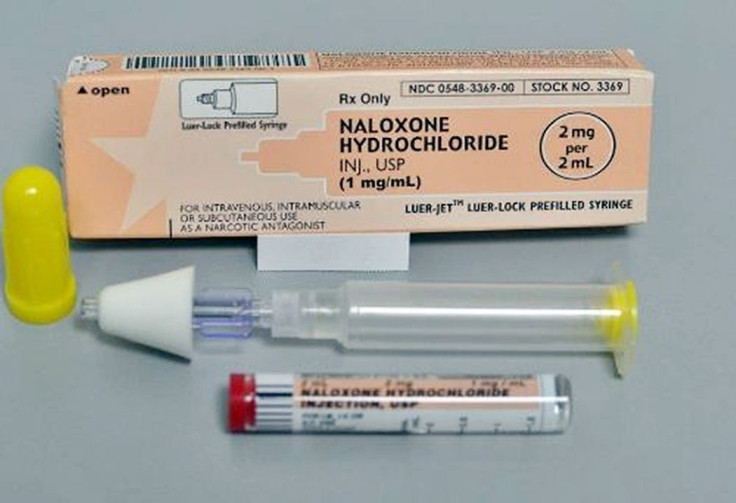Overdose-Reversing Drug Linked To Drop In US Overdose Deaths
Naloxone, the mainline opioid overdose-reversing drug approved for use in the United States in 1971, is being credited by health authorities in helping reduce -- for the first time -- the annual death toll inflicted by overdose deaths in the country.
New data from the U.S. Centers for Disease Control and Prevention (CDC) show the number of overdose deaths dropped for the first time in nearly 30 years in 2018. Previous to this welcomed outcome, the number of overdose deaths in the U.S. rose every year from 1990 until 2018.
Between 2017 and 2018, the number of prescriptions of naloxone dispensed more than doubled from 271,000 to 557,000. CDC said this number is a 430-fold increase in only six-years.
The number of painkiller prescriptions fell between 2017 and 2018, from 49 million to 38 million. This likely also contributed to the decrease in overdose deaths.
“One could only hope that this extraordinary increase in prescribing of naloxone is contributing to that stabilization or even decline of the crisis,” Katherine Keyes, a Columbia University drug abuse expert, said.
More than two-thirds of U.S. overdose deaths involve some kind of opioid. The U.S. National Institute of Drug Abuse (NIDA) defines an opioid as a class of drugs that include the illegal drug heroin, synthetic opioids such as fentanyl, and pain relievers available legally by prescription such as oxycodone (OxyContin), hydrocodone (Vicodin), codeine, morphine and many others.
NIDA said an opioid overdose can be rapidly reversed with naloxone when given right away. Naloxone (brand name, Narcan) can quickly restore normal breathing to a person if their breathing has slowed or stopped because of an opioid overdose.
CDC recommends naloxone be prescribed to patients getting high-dose opioids and are at risk for an overdose. It noted that only one naloxone prescription is written for every 69 high-dose opioid prescriptions.
Because of its efficacy, naloxone has been embraced by local, state and federal officials as a lifesaving measure. Cities and states have standing orders that allow pharmacies to give it out without a doctor’s prescription. In addition, health officials have tried to put naloxone into the hands of virtually anyone who might encounter a person overdosing.
Health officials said pharmacies should be giving out even more naloxone that can be injected by a syringe or an autoinjector, or given intravenously. That’s because only about 20 percent of naloxone was sold to retail pharmacies in 2017.
“We don’t think anybody is at the level we’d like to see them,” Dr. Anne Schuchat of the CDC, said.
Of the 30 U.S. counties with the highest rate of naloxone dispensing in 2018, 13 were in Virginia and five were in Kentucky. The highest naloxone dispensing rate, however, was in Marshall County, Indiana, according to CDC.




























